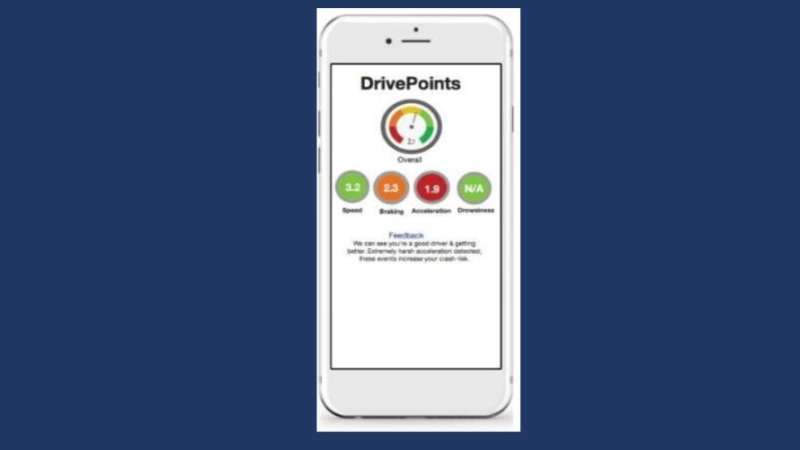
Since the 1970s, Australia has held an international reputation for road safety but, despite that early success, there have been no significant declines in road deaths and injury over the past decade.
In fact, over the past 12 months, the number of deaths attributed to using our road system has climbed to 1,187 deaths (at the end February 2023)—an increase of 3.9% over the previous year and an annual increased trend of 0.5% over the last five years.
The recent data on hospitalized injuries from road traffic crashes is not available but—in the five years to 2018—severe but not always fatal injuries increased by some 16.2%.
And these figures are likely to get worse as we head into the Easter holiday break.
What this tells us is that Australia needs an urgent rethink of its approach to road safety in order to achieve its road safety target of a 50% decrease in fatalities and a 30 decrease in serious injuries (compared to a baseline period 2018–2020) by 2030.
Telematics technology on our roads
Telematics technology is one strategy gaining prominence as a potential approach. This is technology delivered via a smartphone application that measures and records driving behavior in real time.
It can provide feedback (including incentives) to drivers about important road safety parameters like speeding and harsh braking—both of which are risk behaviors known to be associated with motor vehicle crashes.
This ability to capture driver behaviors in real-time and provide feedback related to the behavior has the real potential to enhance driver safety.
Several recent studies have evaluated the impact of financial incentives on driving behavior including earn-as-you-drive rewards and deductions from a safe-driving account, and the effect of behavior-based and mileage-based vehicle insurance.
All of these studies highlight that financial incentives improve driving behavior. For example, our study found that combining driver feedback with financial incentives can deliver potentially important and statistically significant reductions in risky driving behaviors.
Both real-time feedback to a driver and a financial reward for safer driving motivated a change in driving behavior.
Although effective, large monetary rewards are not economically feasible over a long time-period.
But importantly, our experimental research found that rather than rewarding “good” driver behavior, deductions from an upfront payment for “bad” driving are more effective than rewards of equal value.
This makes it far more feasible to achieve meaningful reductions in risky driving behavior at a much lower cost.
If we then combine telematics-based feedback with these “smarter” incentives, it offers the potential for further improvements in both effectiveness and cost-effectiveness.
Preventing road injury the ‘smart’ way
Our recent on-road research shows that personalized feedback combined with a low-cost financial incentive (around a $A150 reduction in annual vehicle insurance), results in a lower probability of risky driving behaviors.
We saw a reduction in speeding, harsh braking and harsh acceleration when compared to no intervention, as well as significant reductions if we measure a combination of these adverse and aggressive driving behaviors that can lead to a crash resulting in injury.
If we look at the population level rather than the individual, these significant reductions in adverse driving behaviors could translate into an observable difference in the likelihood of a crash—making substantial gains in population health.
Building on this success, we are currently implementing a population-based, randomized control trial of personalized, telematics-based feedback combined with “smarter” financial incentives.
This trial will run across three Australian states—Queensland, New South Wales and Western Australia—working on the basis that this kind of intervention will significantly reduce crash rates.
With more than 1,100 deaths and 40,000 hospitalized injury cases from road crashes each year in Australia, there’s a growing urgency to identify and implement new strategies that will mitigate the health burden associated with our current transport system.
Using telematics technology to provide personalized driver feedback and financial incentives is looking promising as the next silver bullet in our road safety repertoire.
Citation:
Giving Australians ‘smart’ incentives to drive safe (2023, April 3)
retrieved 3 April 2023
from https://techxplore.com/news/2023-04-australians-smart-incentives-safe.html
This document is subject to copyright. Apart from any fair dealing for the purpose of private study or research, no
part may be reproduced without the written permission. The content is provided for information purposes only.
Stay connected with us on social media platform for instant update click here to join our Twitter, & Facebook
We are now on Telegram. Click here to join our channel (@TechiUpdate) and stay updated with the latest Technology headlines.
For all the latest Technology News Click Here
For the latest news and updates, follow us on Google News.
